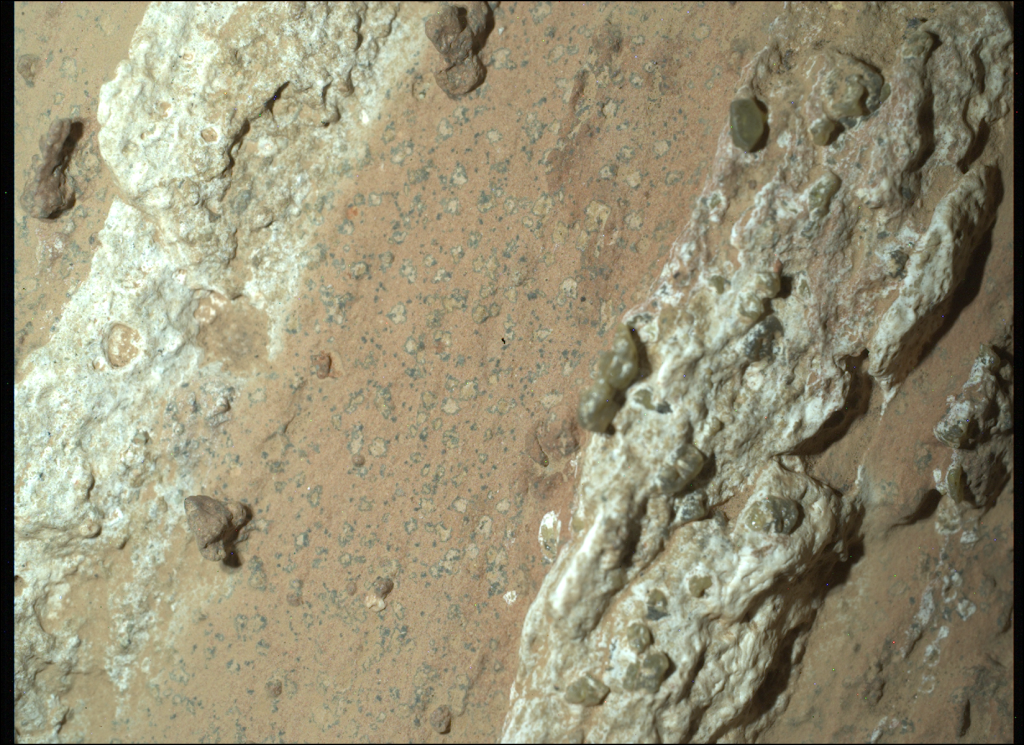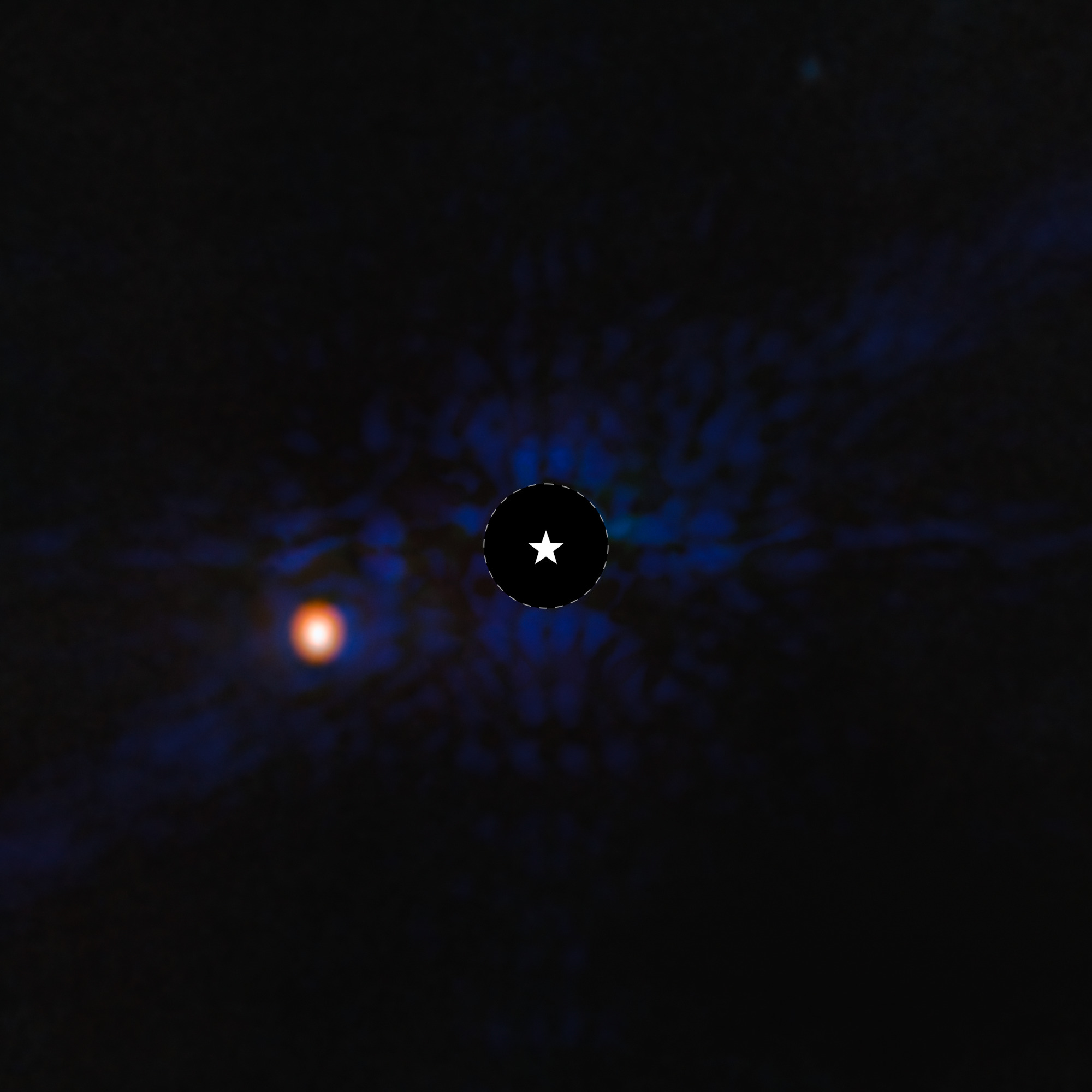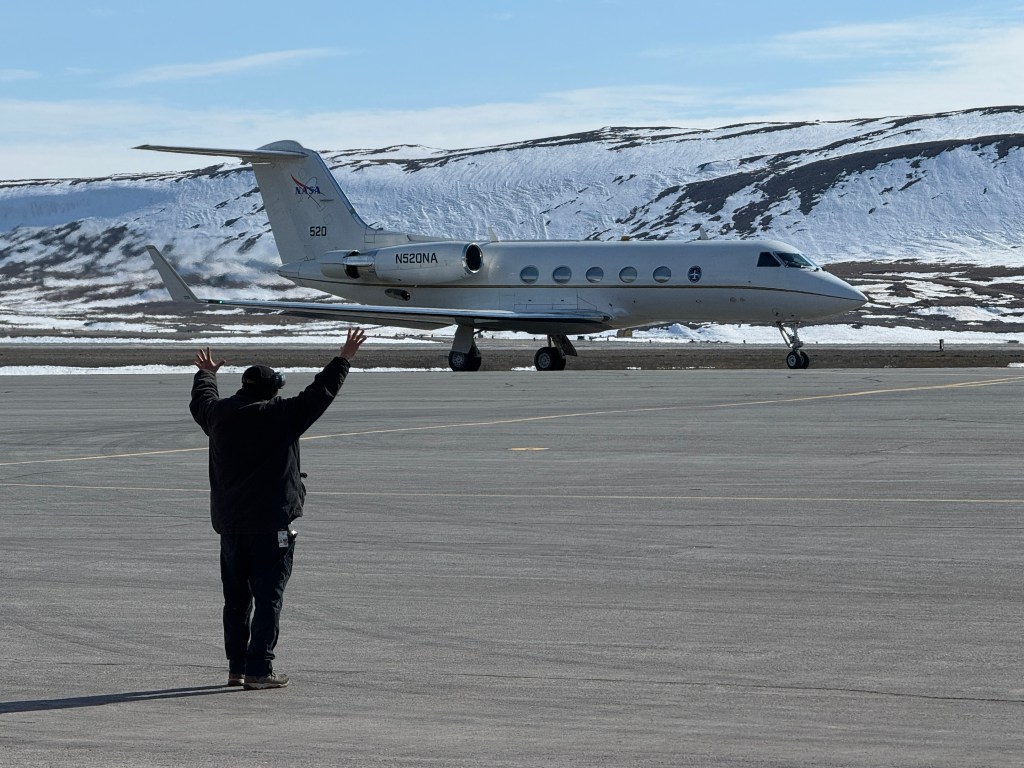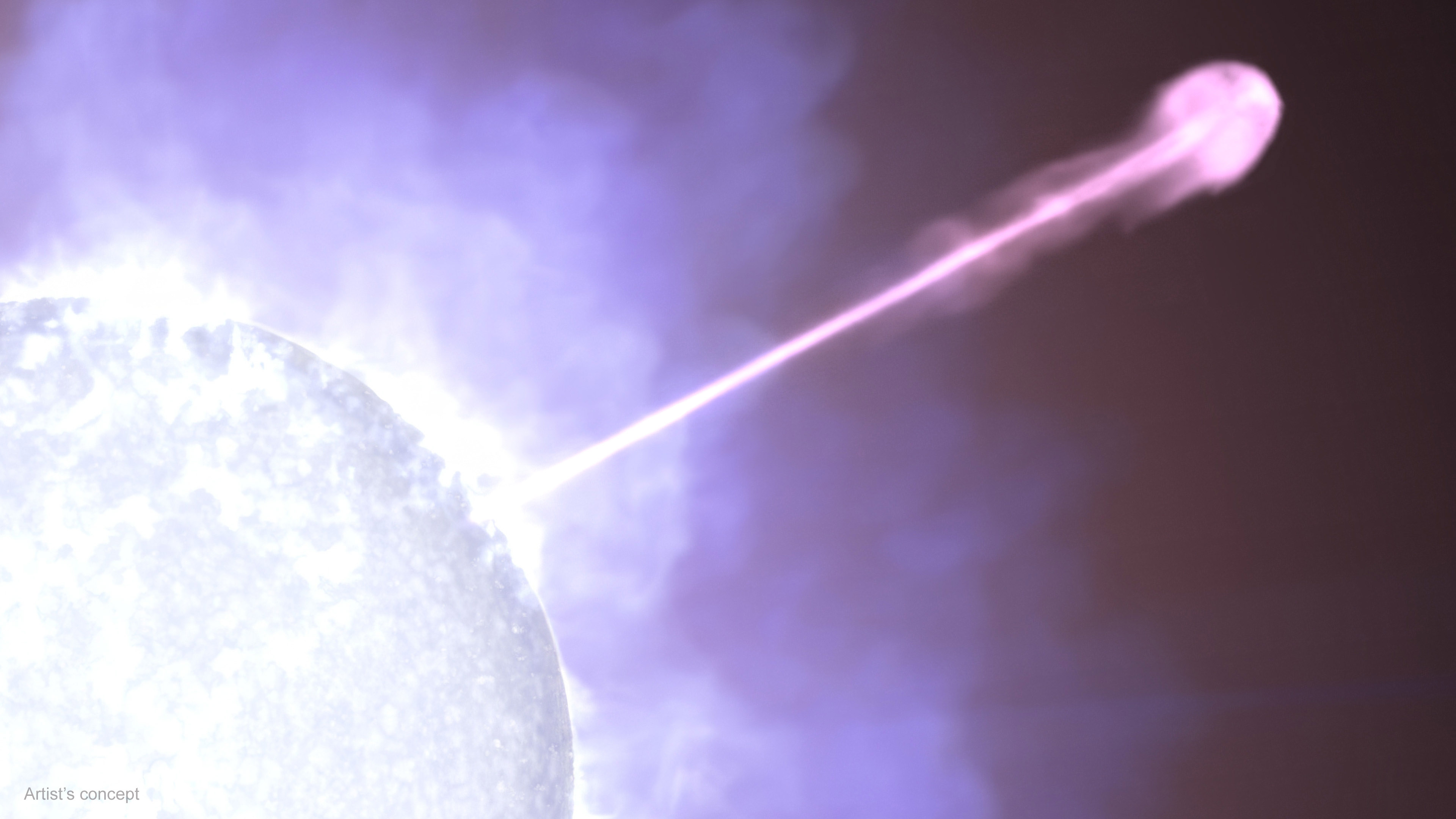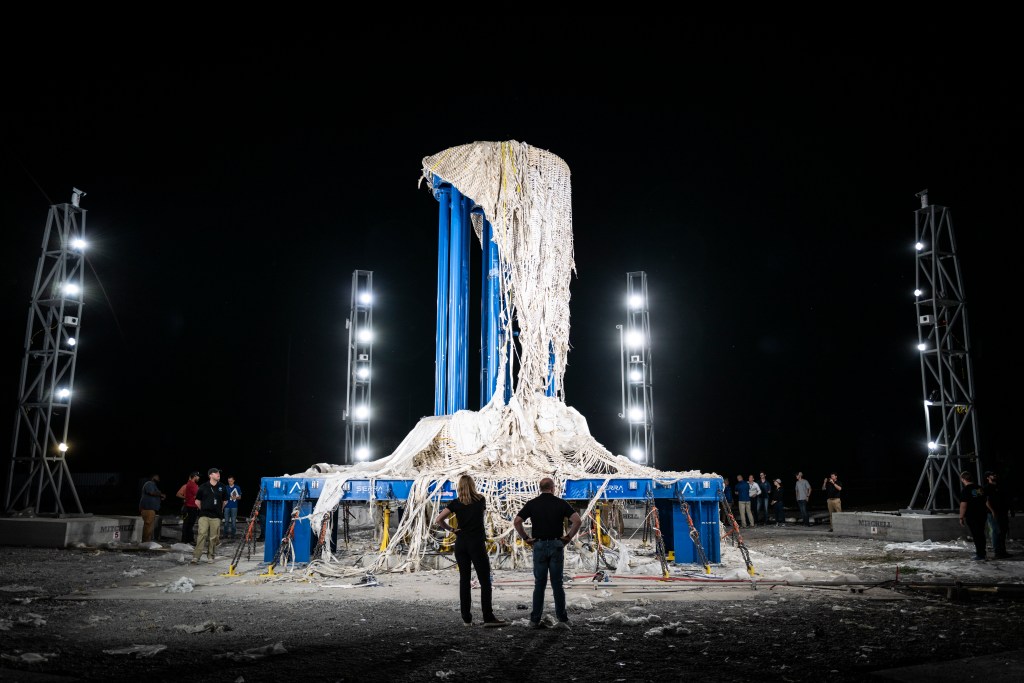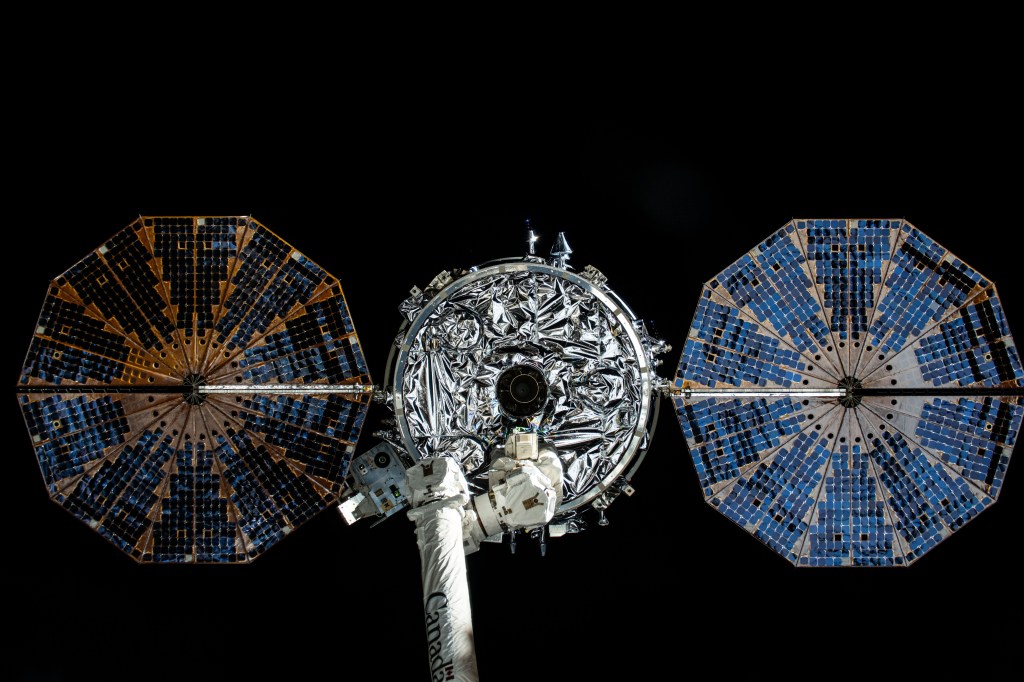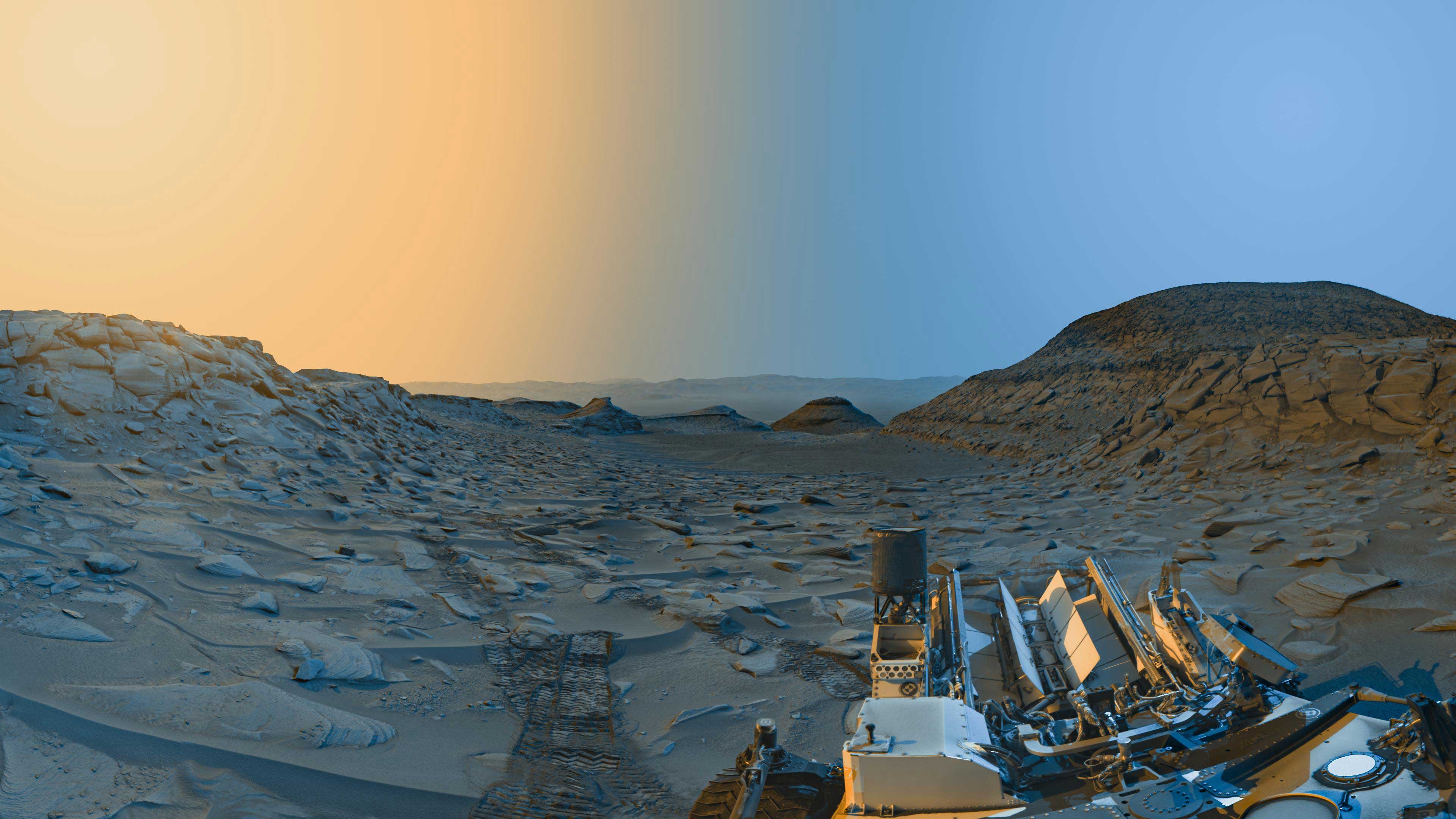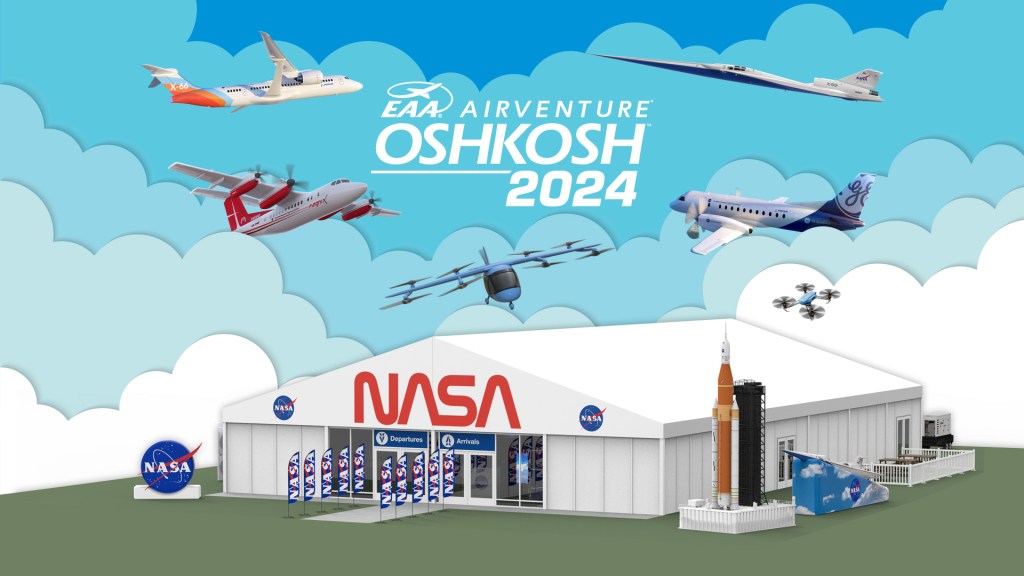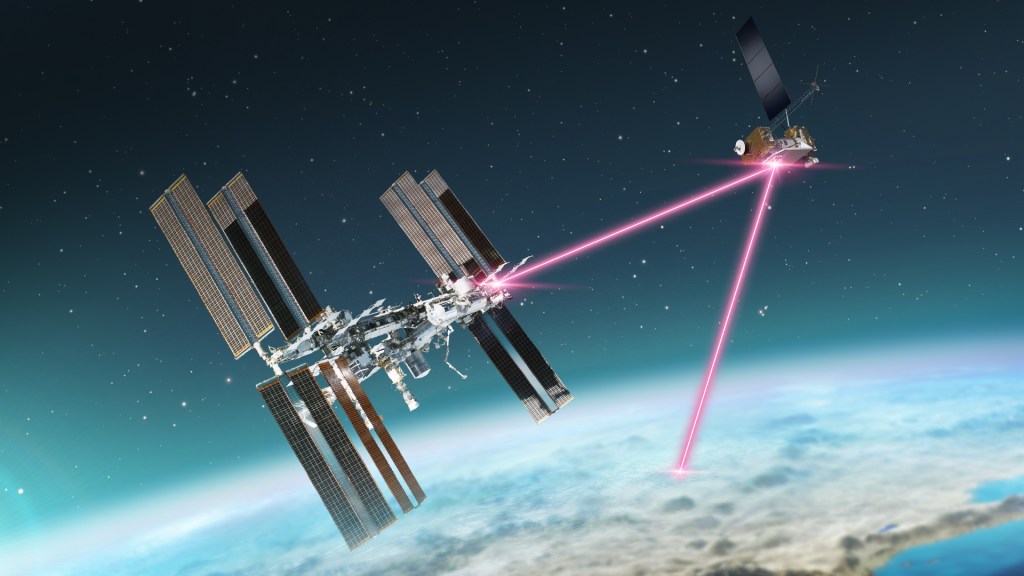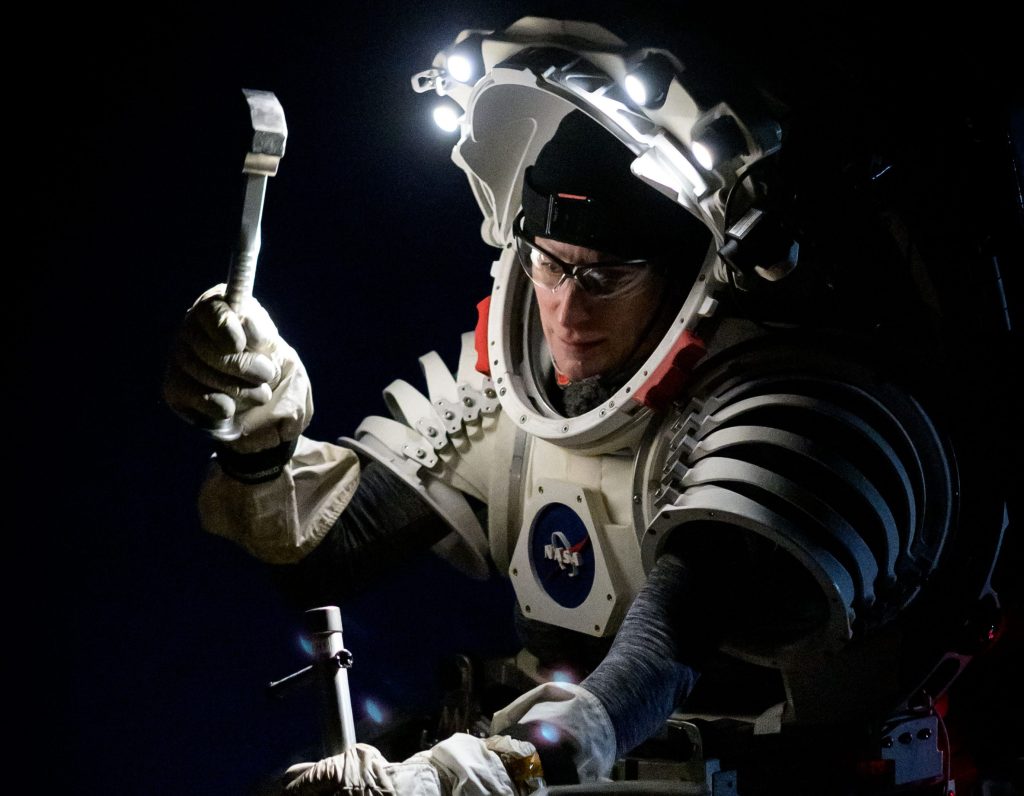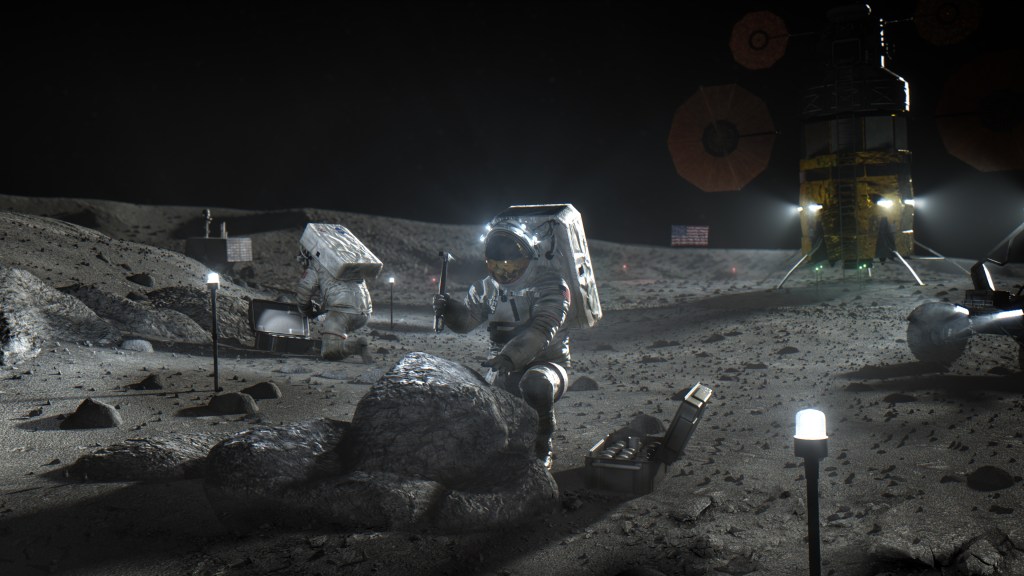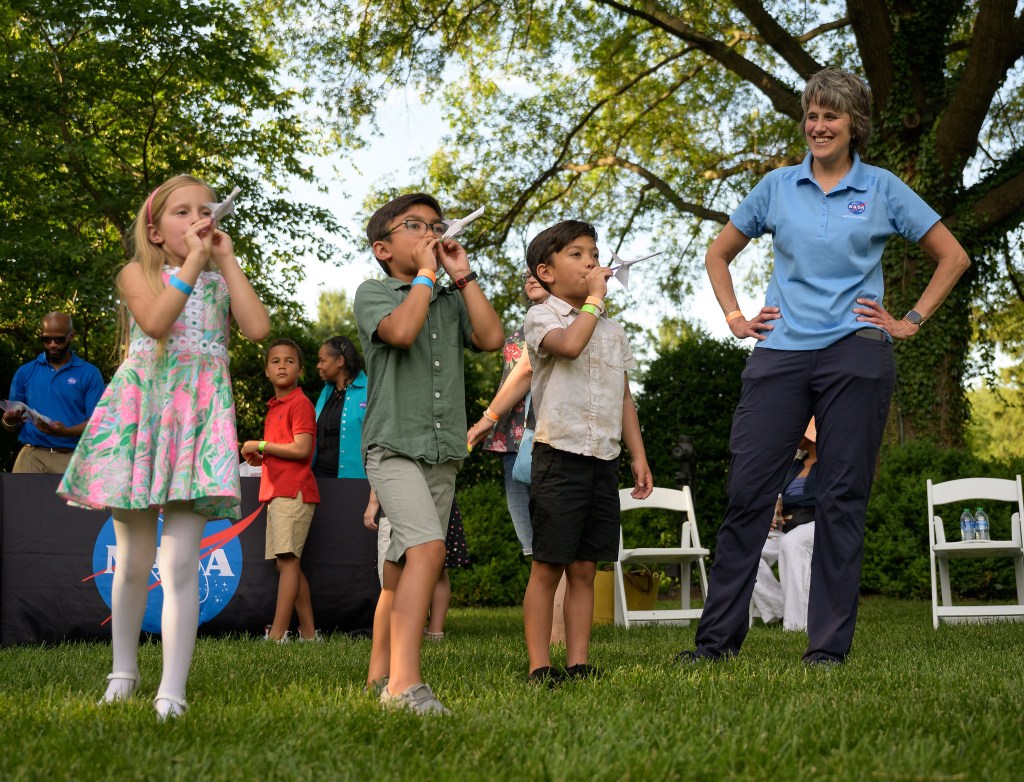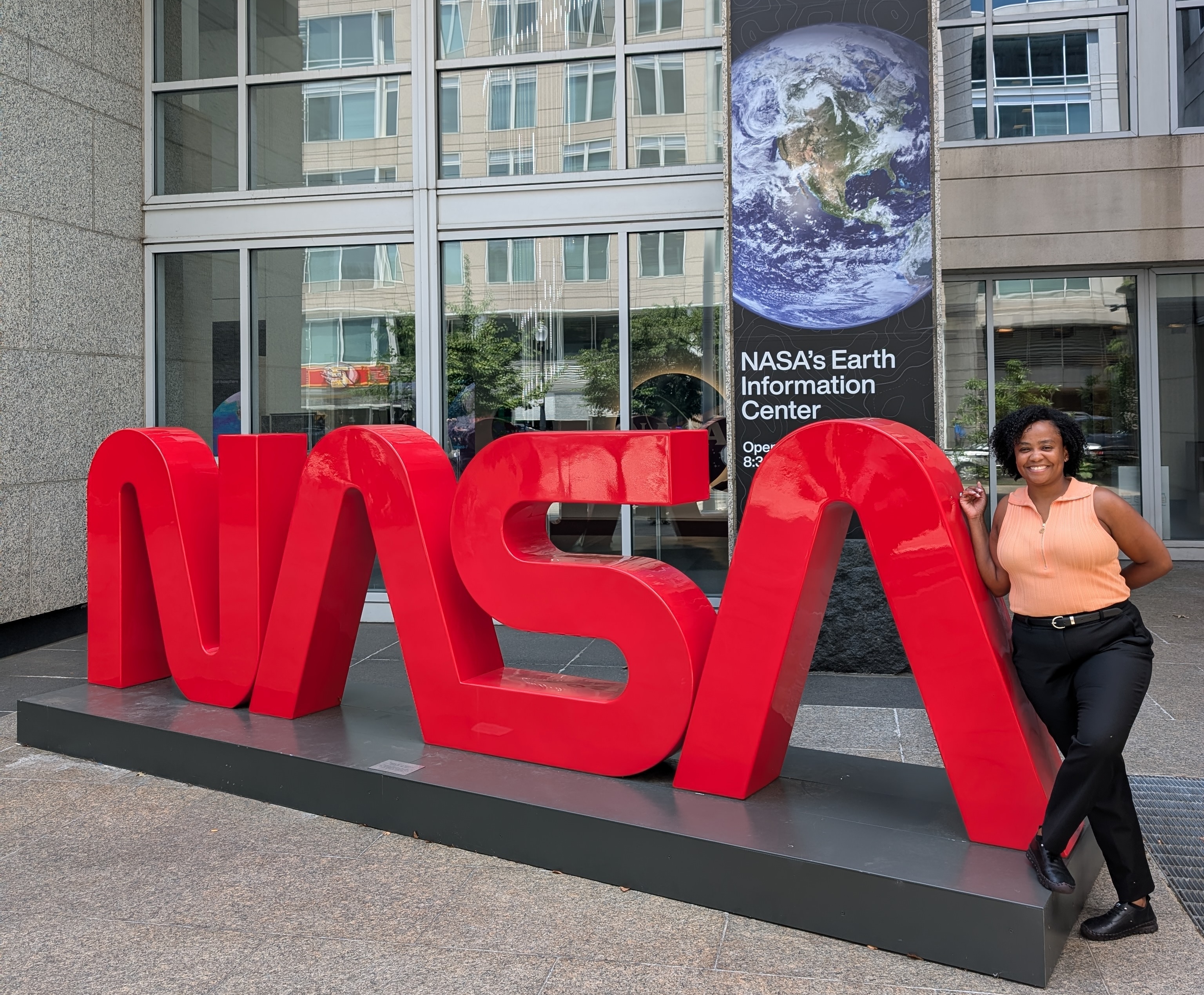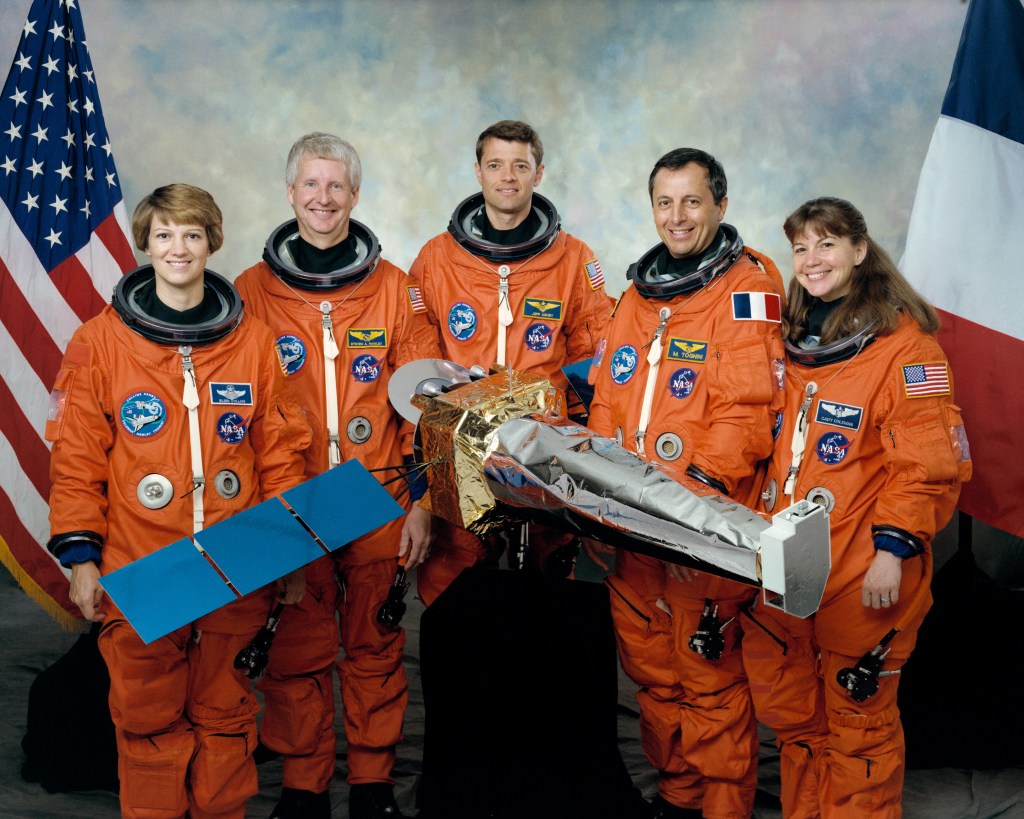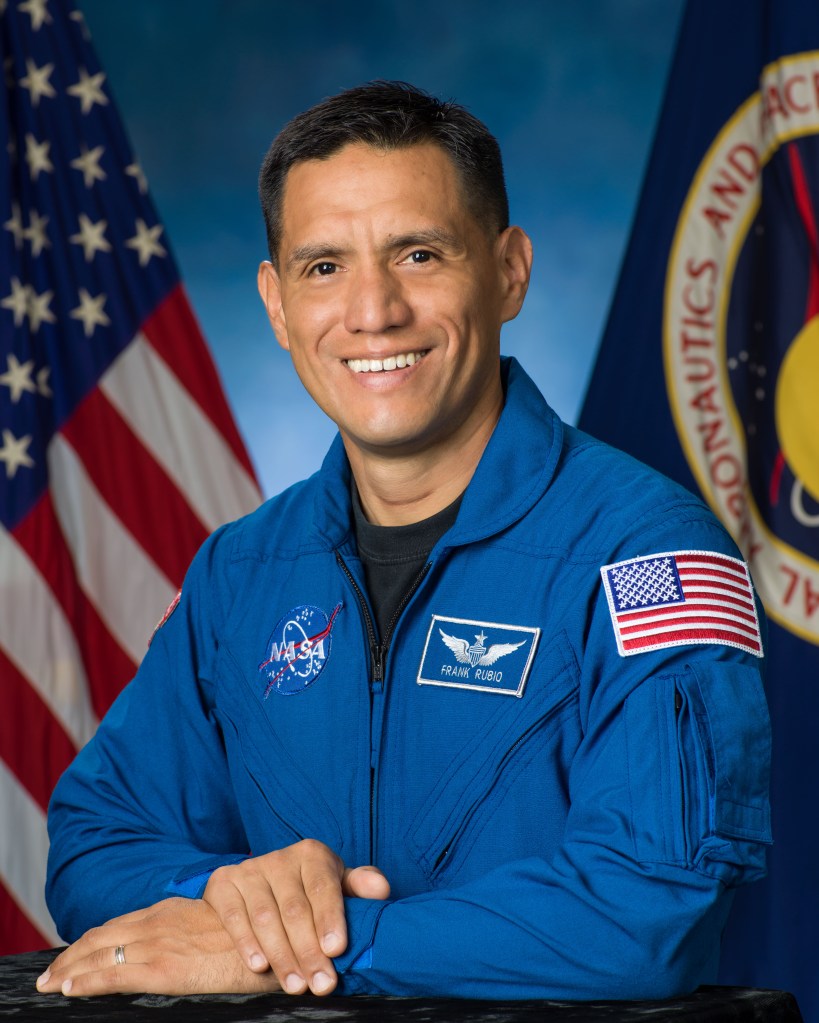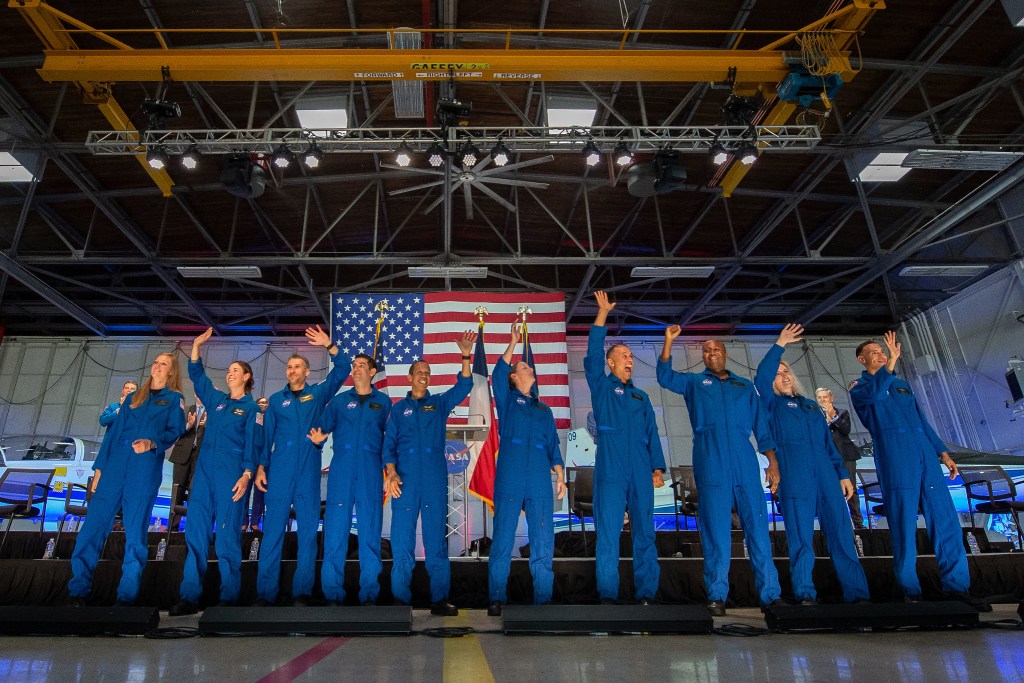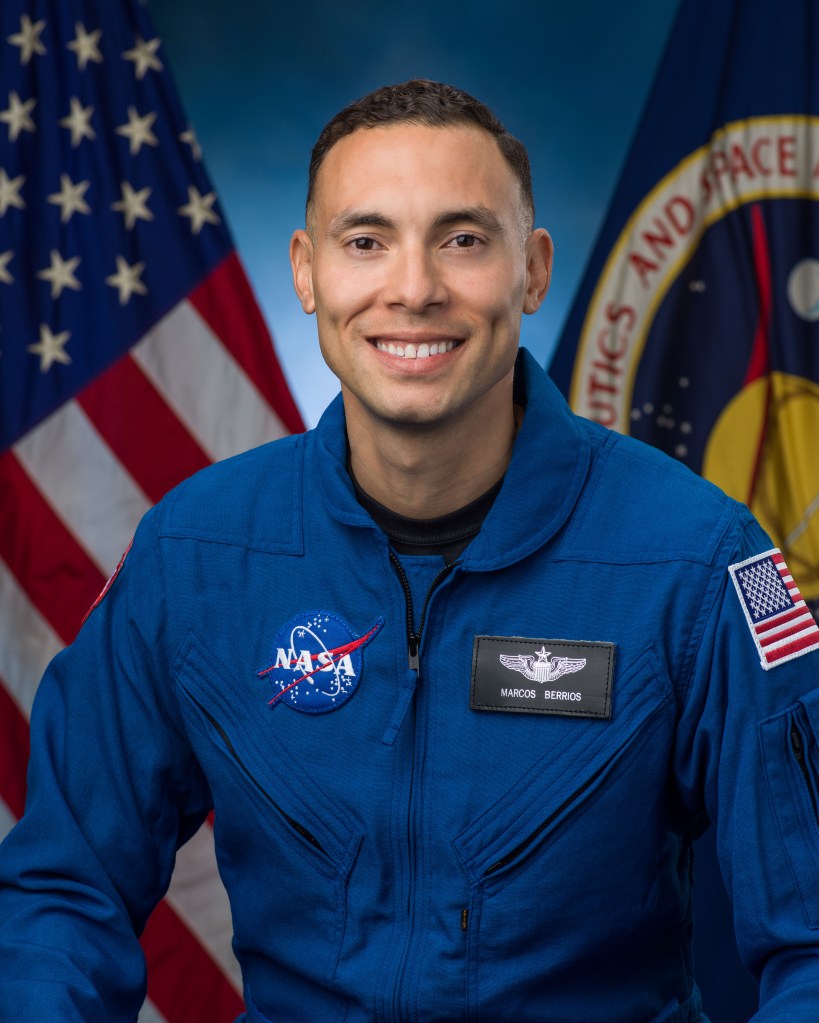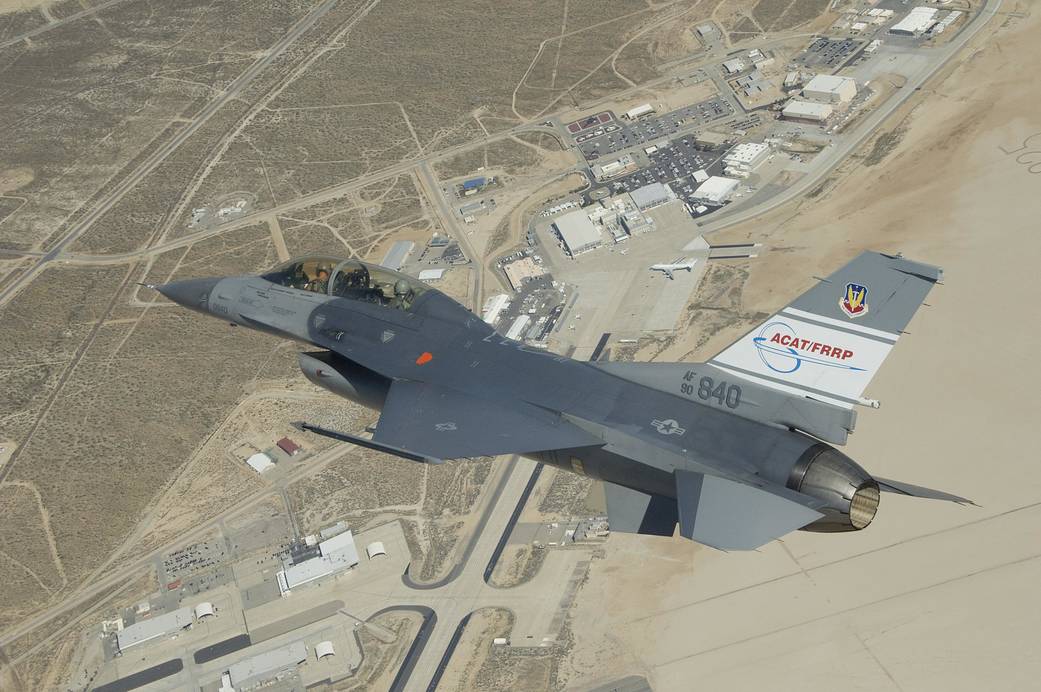Automatic Collision Avoidance Technology
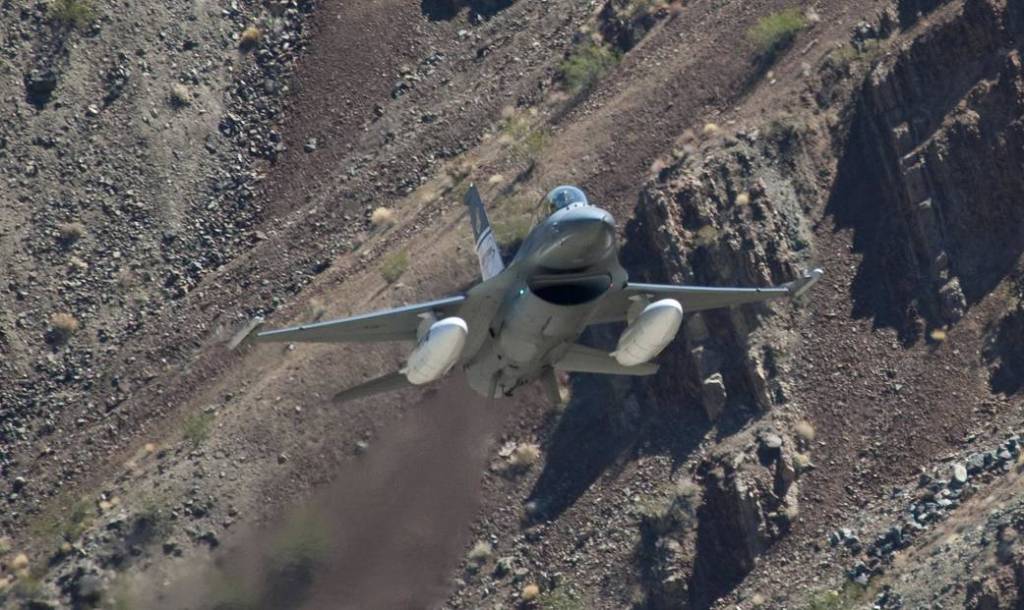
The joint U.S. Air Force/NASA F-16D Automatic Collision Avoidance Technology project (ACAT) led by NASA’s Dryden (now Armstrong) Flight Research Center completed the Automatic Ground Collision Avoidance System (Auto-GCAS) flight testing in August 2010. The project transitioned to the U.S. Air Force Flight test Center’s 416th Flight Test Squadron for production testing of the Auto-GCAS software, with an anticipated in-service fielding in 2014.
The Fighter Risk Reduction Project is the first flight research effort being conducted under the Automatic Collision Avoidance Technology program of the Air Force Research Laboratory at Wright-Patterson Air Force Base in Dayton, Ohio. Flights of the system began in the fall of 2009.
NASA Dryden led the project’s integrated test team, responsible for the technical content of test and evaluation, maintenance of the Air Force F-16D test aircraft, project management and engineering services, and supplying the project’s chief pilot. The program was directly funded by the Department of Defense through the Air Force Research Laboratory, and the laboratory reimbursed NASA for its services under an agreement with Dryden.
The ACAT program began in 2004 as a new initiative between the Air Force Research Lab, the Office of the Secretary of Defense, and NASA. ACAT was designed as a broad-based program to enhance and transition automatic collision avoidance technologies throughout the aviation industry, starting with the Department of Defense.
ACAT started with the Auto-GCAS technology under the Fighter Risk Reduction Project. The Air Force later tackled air collision avoidance by integrating it with Auto-GCAS. In the future. This is expected to spread beyond fighter/attack aircraft, possibly initiating similar risk reduction projects to benefit other military and civil aircraft, including unmanned aircraft systems.
The research laboratory’s Air Vehicles Directorate, the Air Force Test Center at Edwards Air Force Base, California, and NASA Dryden have been jointly developing automatic collision avoidance technologies for more than 20 years. This technology was originally refined at NASA Dryden from 1997 to 1998 under a Full Envelope Auto-GCAS research project during the final stages of the Advanced Fighter Technology Integration (AFTI) F-16 program. That program’s Joint Test Force was based at Dryden for 16 years, from 1982 to 1998.


